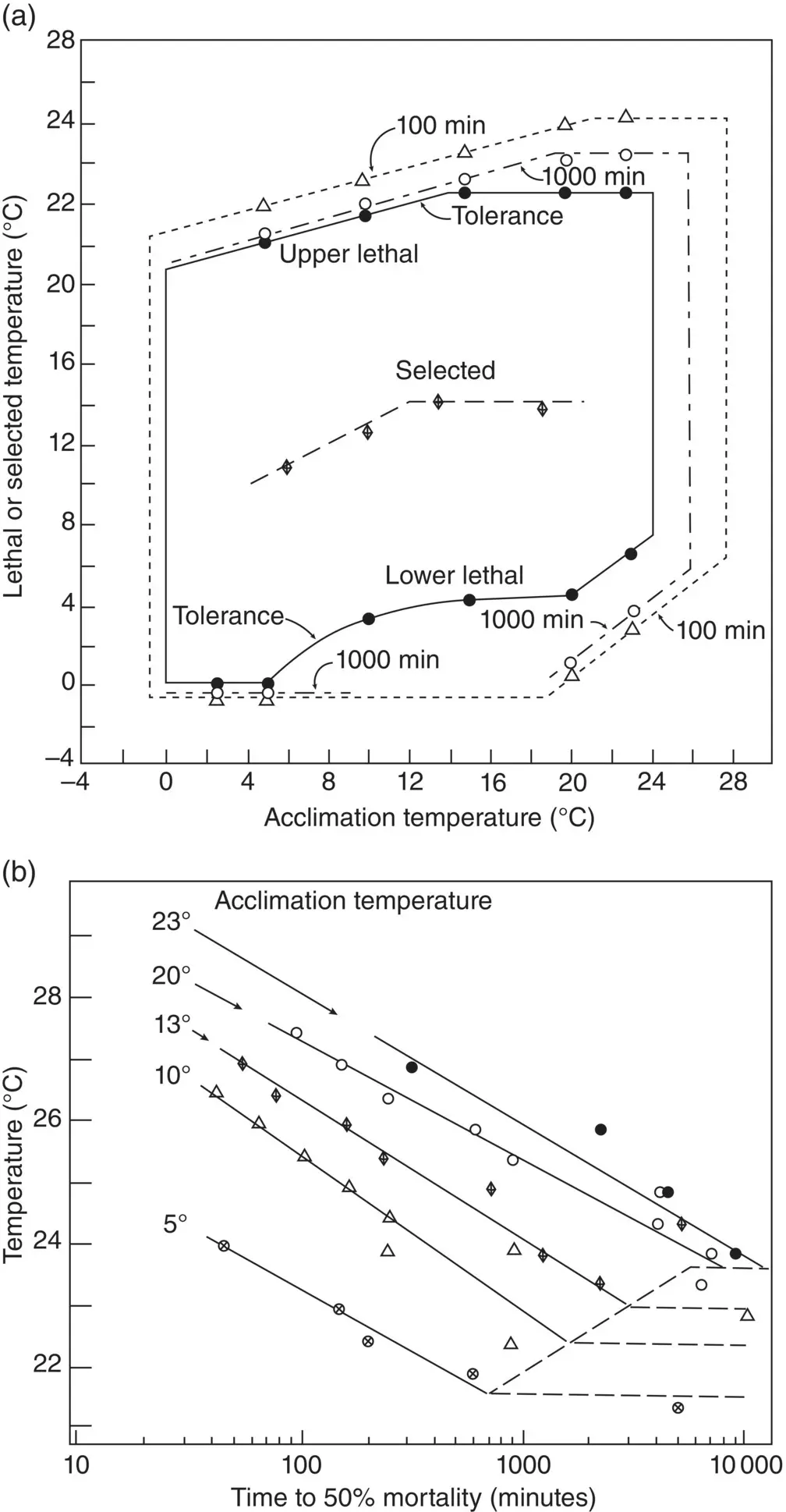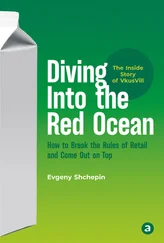Joseph J. Torres - Life in the Open Ocean
Здесь есть возможность читать онлайн «Joseph J. Torres - Life in the Open Ocean» — ознакомительный отрывок электронной книги совершенно бесплатно, а после прочтения отрывка купить полную версию. В некоторых случаях можно слушать аудио, скачать через торрент в формате fb2 и присутствует краткое содержание. Жанр: unrecognised, на английском языке. Описание произведения, (предисловие) а так же отзывы посетителей доступны на портале библиотеки ЛибКат.
- Название:Life in the Open Ocean
- Автор:
- Жанр:
- Год:неизвестен
- ISBN:нет данных
- Рейтинг книги:5 / 5. Голосов: 1
-
Избранное:Добавить в избранное
- Отзывы:
-
Ваша оценка:
- 100
- 1
- 2
- 3
- 4
- 5
Life in the Open Ocean: краткое содержание, описание и аннотация
Предлагаем к чтению аннотацию, описание, краткое содержание или предисловие (зависит от того, что написал сам автор книги «Life in the Open Ocean»). Если вы не нашли необходимую информацию о книге — напишите в комментариях, мы постараемся отыскать её.
Life in the Open Ocean: The Biology of Pelagic Species
Life in the Open Ocean: The Biology of Pelagic Species
Life in the Open Ocean — читать онлайн ознакомительный отрывок
Ниже представлен текст книги, разбитый по страницам. Система сохранения места последней прочитанной страницы, позволяет с удобством читать онлайн бесплатно книгу «Life in the Open Ocean», без необходимости каждый раз заново искать на чём Вы остановились. Поставьте закладку, и сможете в любой момент перейти на страницу, на которой закончили чтение.
Интервал:
Закладка:
The next two terms, briefly introduced in Chapter 1, are also opposites: ectotherm and endotherm. They describe organismal body temperature and what determines it. The body temperature of ectotherms is nearly identical to the ambient temperature. Once again, the term is derived from the Greek: “ecto” meaning “outer” or “outside.” In layman’s terms, the ectotherms are “cold‐blooded.” Other than mammals and birds and some highly adapted fishes like the tunas, all animals are ectotherms. The particular subjects of this book, the micronekton and macrozooplankton, are all ectotherms.
Endotherms utilize the heat generated by metabolism to maintain a constant body temperature. “Endo” is the Greek root for internal or inside; an endotherm’s body temperature results from heat generated within. Mammals and birds modulate the amount of metabolic heat lost to the environment (or gained from it) by a variety of mechanisms, including insulation (fur, feathers, blubber) and adjustment of blood flow to limit or facilitate heat exchange with the external environment. Endotherms, in layman’s terms, are “warm‐blooded.”
The terms endothermy and ectothermy were created to precisely define how a species’ internal body temperature comes to be the way it is: by virtue of internally generated heat or by interaction with the external environment.
Another pair of terms formerly used to describe species’ body temperature, homeothermy and poikilothermy, are still quite useful though not as widely used as they once were. A homeotherm (from the Greek “alike” or “constant”) has a body temperature that is closely regulated around a constant set point. The trick here is that achieving a constant body temperature may be done in a variety of ways. Mammals and birds regulate their internal temperature precisely by controlling loss of metabolic heat. However, a nearly constant body temperature can also be achieved behaviorally, as lizards do by regulating their time spent in sun and shade. In the deep ocean, nearly every species is a homeotherm because temperatures vary little below 1000 m. Some species, e.g. sockeye salmon, have thermal preferenda or optima that they will seek out in a thermal gradient, giving them a nearly constant body temperature as well.
Poikilotherm (from the Greek “poikilo” or “varied”) may be considered as the older version of ectotherm. A poikilotherm has a body temperature that changes with the external environment, so it is certainly an ectotherm. However, as we just discussed, ectotherms dwelling at a constant temperature are also homeotherms. So, using the old terminology, a poikilotherm could also be a homeotherm when living at constant temperature, which is confusing at best.
Temperature Effects on Survival: The Tolerance Polygon
It is important to note that the change in species composition at oceanic boundaries such as the Antarctic Polar Front is not due to the short‐term lethal effects of temperature change. Instead, a suite of factors is involved, including inefficiencies in reproductive strategies and timing, metabolic inefficiency, absence of preferred prey, and competition from similar species for resources that result in the gradual demise of the replaced species. However, characterizing a species’ tolerance to temperature is highly instructive because it introduces two basic rules of physiological response to temperature and to other environmental challenges like salinity. The first rule is that the short‐term range of temperature tolerance within a species, population, or individual is not rigid or immutable; animals can adjust their range of tolerance over a period of time in response to changes in external temperature. The second rule is that upper and lower limits exist for all species that cannot be exceeded, even after allowing for biological adjustment.
The internal adjustment process that raises or lowers lethal limits takes time to accomplish and is described by two terms. When the adjustment phenomena take place in the natural habitat (e.g. seasonal temperature change), the process is called acclimatization. When adjustment is induced in the laboratory, the phenomenon is called acclimation.
The best way to define the level of eurythermicity in a species is using an approach that incorporates a species’ ability to biologically adjust its temperature range: the thermal tolerance polygon ( Figure 2.2a). First introduced in 1952 by the Canadian fish physiologist John R. Brett, the tolerance polygon uses a rigorous experimental protocol to define the upper and lower lethal limits of a species. The lethal T°C was theoretically defined as that temperature at which 50% of a population could withstand for an infinite time. To determine this, a sample of fishes acclimated to a given temperature was subjected to a series of temperatures higher (or lower) levels of which resulted in complete mortality of the sample. The period of tolerance prior to death was termed the resistance time. In each instance, the logarithms of the median resistance time were plotted against temperature and the results formed a straight line ( Figure 2.2b). The slope of this line is relatively consistent for most species. In every case, an abrupt change in slope occurred, indicating that mortality due to temperature had effectively ceased, marking the change from resistance to tolerance. That point was termed the incipient lethal temperature. Low and high incipient lethal temperatures were determined for each acclimation temperature to form the polygon shown in Figure 2.2a.

Figure 2.2 Thermal tolerance and lethal limits. (a) Thermal tolerance polygon. Upper and lower lethal limits of the sockeye salmon Oncorhynhcus nerka in relation to acclimation temperature. (b) Median resistance times of young chum salmon Oncorhynchus keta acclimated to the temperatures indicated.
Sources: (a) Adapted from Fry and Hochachka (1970), figure 2 (p. 81); (b) Brett (1952), figure 7 (p. 282).
The polygon for Oncorhynchus keta indicates that it is a fairly eurythermal species. Polygons for Antarctic species would encompass only a small fraction of the lower range, whereas highly eurythermal species such as the brown bullhead catfish ( Ameriurus nebulosus ) would be very much larger.
Studies of temperature tolerance in a variety of different organisms suggest the following.
1 Generally, upper and lower lethal limits can be modified considerably by different acclimation temperatures, e.g. the warmer the temperature of acclimation, the higher the upper lethal limit.
2 There are absolute upper and lower lethal limits beyond which an organism cannot adapt, and these limits can be determined with precision.
3 It takes longer to acclimate to cold temperatures than to warm ones.
4 The tolerance polygon of an organism relates well to habitat and geographic area, as shown in the example below.

In addition to knowing the zones of tolerance or the limits to survival of a species, it is important to understand the physiological responses of an organism to temperatures within its environmental range.
Temperature Effects on Rate Processes – The Q 10Approximation
Animals have varying reactions to temperature changes within their zone of tolerance. Reaction to temperature within an animal’s environmental range is usually assessed using a rate function, heartbeat for example, or a filtration rate for species such as clams that pump water through their feeding apparatus. Most commonly, metabolic rate is used; metabolism is an excellent index of an animal’s rate of energy consumption and is readily measured by monitoring an individual’s rate of oxygen consumption. The rate of increase or decrease in reaction rate over a T°C change is standardized by the Q 10approximation, which is the factor by which a reaction velocity (e.g. rate of oxygen consumption) is increased for a rise of 10 °C.
Читать дальшеИнтервал:
Закладка:
Похожие книги на «Life in the Open Ocean»
Представляем Вашему вниманию похожие книги на «Life in the Open Ocean» списком для выбора. Мы отобрали схожую по названию и смыслу литературу в надежде предоставить читателям больше вариантов отыскать новые, интересные, ещё непрочитанные произведения.
Обсуждение, отзывы о книге «Life in the Open Ocean» и просто собственные мнения читателей. Оставьте ваши комментарии, напишите, что Вы думаете о произведении, его смысле или главных героях. Укажите что конкретно понравилось, а что нет, и почему Вы так считаете.












